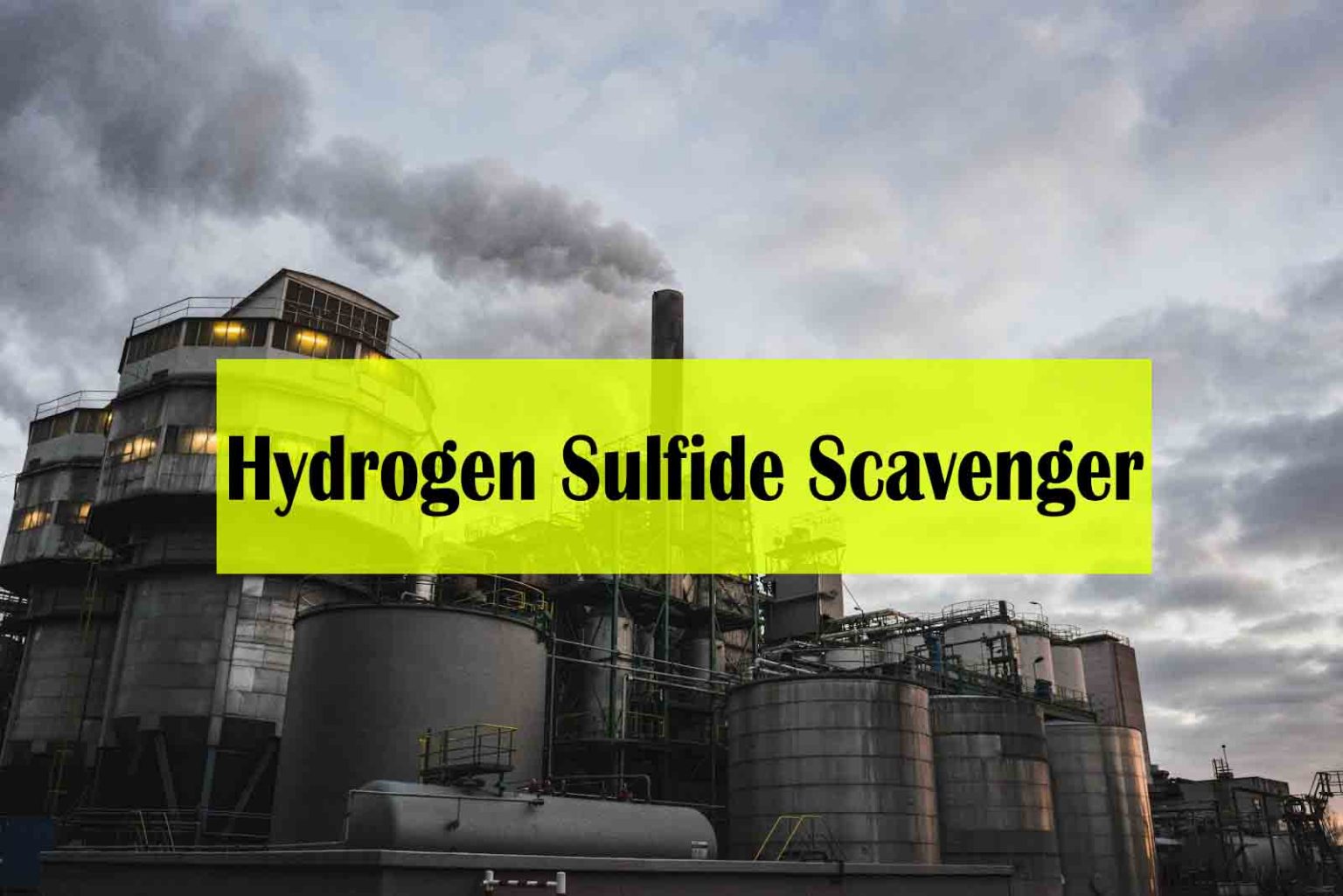This article is a chemical guide to hydrogen sulfide scavenger triazine. The article provides the history of this chemistry and its use, as well as providing some safety precautions you may want to take when handling chemicals containing hydrogen sulfide. The gas is harmful because it can cause respiratory problems and even death. Hydrogen sulfide is also corrosive to metals and other materials.
What is Hydrogen Sulfide?
Hydrogen sulfide is a colorless, odorous, toxic gas. It is the product of the breakdown of organic material in the presence of oxygen. Hydrogen sulfide can also be produced naturally from water sources such as hot springs and volcanoes. It is widely used as a chemical agent and cleaning solvent. It can be found in coal mines, oil refineries, and other industrial sites.
Hydrogen sulfide is harmful to humans in high concentrations. This gas can cause dizziness, nausea, respiratory problems, and death. Exposure to hydrogen sulfide should be avoided whenever possible.
How does Hydrogen Sulfide Scavenger Work?
An H2S Scavenger is a specialized chemical or additive widely used in hydrocarbon and chemical processing facilities. These specialized chemicals react selectively with and remove H2S to help meet product and process specifications.
The scavenger works by trapping and breaking down the H2S gas. The process requires an acidic environment (below pH 2), and the scavenger can be installed in industrial or commercial settings to help control emissions.
Uses of Hydrogen Sulfide Scavenger
Hydrogen sulfide scavenger is a type of chemical used to cleanse and desulfurize environments. It is also used as a precursor to other chemicals, such as sulfuric acid. Hydrogen sulfide scavenger is typically made from a mixture of water and hydrogen sulfide.
Alternatives to Hydrogen Sulfide Scavenger
Hydrogen sulfide scavenger alternatives are available to help remove this toxic gas from your workplace. Some of these options include using a ventilation system, using an air purifier, or using a gas scrubber.
Using a ventilation system: A ventilation system can help remove hydrogen sulfide from the workplace. This is because the gas is often expelled through the nose and mouth, which can be blocked by a ventilation system.
Using an air purifier: An air purifier can help remove hydrogen sulfide from the workplace. This is because the gas is often expelled through the air filter, which can be cleaned or replaced.
Using a gas scrubber: A gas scrubber can help reduce the amount of hydrogen sulfide in the workplace. This is because the machine removes the gas using a physical process.
How do we clean up hydrogen sulfide?
Hydrogen sulfide is a gas with a pungent odor that can create serious health problems if released into the air. It is also a toxic compound that can cause corrosion and damage to equipment.
There are several ways to clean up hydrogen sulfide. The most common method is to use an absorbent material such as activated carbon or a polymer adsorbent, which trap the gas and remove it from the environment. Other methods include using scrubbers or ventilation systems to remove the gas, or using liquids to break down the gas molecules and neutralize the smell.
Conclusion
Hydrogen sulfide (H2S) is a gas that’s commonly found in industrial and commercial settings. It has a foul odor and can cause respiratory problems in people who are sensitive to it. H2S can also be poisonous if it’s breathed in large quantities. Because of these dangers, hydrogen sulfide scavengers are used to clean areas where the gas is present. In this guide, we’ll discuss the different types of scavengers and how they work. We’ll also provide tips on how to use them safely, so you can protect yourself and your workers from exposure to H2S
